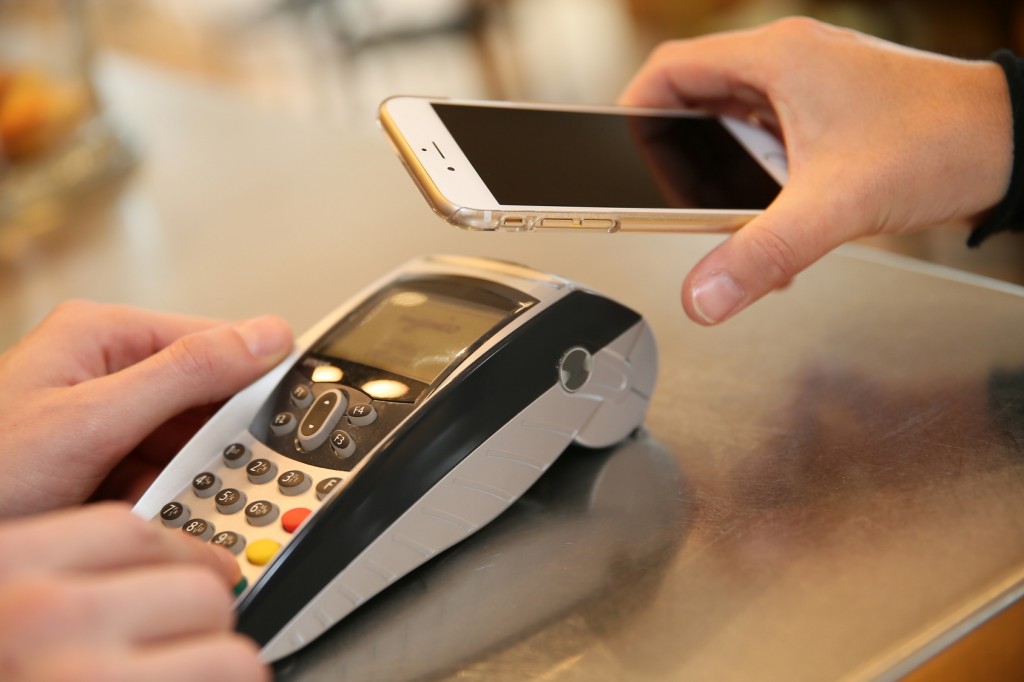How digital payments are changing the world
The great Jeremy Balkin has spoken extensively about payments “eating the world”. Having attended HPS’s WeMeeting 2023 last week, I saw first-hand just what he was talking about.

In both sociological and economic terms, the rapid switch to digital payments is fascinating
The speed of change and adoption is breathtaking.
According to Balkin, “In 2010, the fastest way to move money on the same day from New York to London was to catch a flight from JFK to Heathrow and deliver it yourself. Now, you can initiate a secure, real-time payment that’s sent and received into your account in seconds at virtually no cost and in any currency.”
This has been driven by consumer adoption of smartphones and enabling technologies such as new cloud-based modern platforms, the adoption of APIs and composability, upgraded infrastructure, and the publishing of the global payment messaging standard ISO 20022, which provides a common language for transactions between anyone, anywhere.
The pandemic has also played a significant role in accelerating the adoption of cashless.
In his opening address at WeMeeting 2023, Abdeslam Alaoui Smaili, CEO of HPS, talked through some of the growth figures and the impact of payments. It was illuminating, and I thought it was worth sharing a few highlights.
According to Capgemini, between 2021 and 2026, non-cash transactions are projected to see a 16.5% compound annual growth rate (CAGR), rising from 989.4 billion transactions in 2021 to more than 2.1 trillion in 2026.
A key driver remains cards. According to Nielsen, the number of cards in circulation in 2022 was 25.85 billion. It forecasts this number will grow to 28.44 billion by 2027, with the most significant growth coming from Asia, Latin America, and the Middle East. The penetration and usage of mobile wallets is growing exponentially. Tech Wire reported that in 2022, there were 4.3 billion mobile wallets globally. Of these, 2.1 billion were Alipay and WeChat. Apple accounted for 507 million and Google 421 million.
QR codes, peer-to-peer (P2P), and blockchain-based applications are also seeing rapid adoption. According to Juniper Research, the number of QR code payment users will exceed 2.2 billion in 2025, up from 1.5 billion in 2020, equating to 29% of all mobile phone users worldwide in 2025.
In both sociological and economic terms, this rapid switch is fascinating.
There are two sides to consider. We have growth driven by implementing the payments infrastructure on one side and efficiencies created on the other.
Abdeslam highlighted some research from Moody’s that states a “1% increase in the usage of payment cards produces, on average, an annual increase of approximately $67 billion in the consumption of goods and services, or a 0.01% increase in GDP, assuming all other factors remain the same”. He also highlighted a report from the World Bank that states the digital economy makes up more than 15% of the global GDP and has grown 2.5 times faster over the previous 10 years than the GDP of the physical world. It forecasts continued rapid growth for the digital economy, contributing 30% to global GDP and creating 30 million jobs by 2030.
At the conference, I spoke with Pratyush Prasanna, head of merchant payments at Indonesian tech giant Gojek. He told me about the difference that Gojek is making to the Indonesian economy, contributing the equivalent of 1.6% of GDP in 2021.
As more and more consumers opt for digital forms of payments rather than physical cash, countries are starting the move towards becoming low-cash economies, and this is creating efficiencies. For instance, in Morocco, the cost of physical money is 0.7% of Moroccan GDP; unseen costs, including producing, transporting, counting, and securing it, all add up.
So, eliminating 50% of the cash would result in a 0.35% increase in GDP, which would immediately positively affect Morocco’s cost of debt. 10 years ago, 99% of people in China used cash. Today, most Chinese consumers have transitioned to mobile money apps like Alipay and WeChat. Again, this switch has been a significant factor in China’s growth.
User propensity to use digital payments has increased in line with smartphone penetration, and as mentioned previously, the pandemic has acted as a catalyst to get people started. Abdeslam quoted research from the World Bank that 40% of adults in low and middle-income economies who made merchant in-store or online payments using a card, phone, or the internet did so for the first time during the pandemic. Obviously, younger people have made the move more rapidly. According to Bain & Company, 53% of Gen Z consumers prefer to use mobile payments for everyday purchases. And that figure is only going to go one way!
From my observations in the UK, I have seen how rapidly digital payments have become accepted. Physical money has started disappearing, and the UK is on course to be a low-cash economy.
I asked my teenage children if they could tell me what colour a £20 note was. They did not have a clue.
A final thought: distinguishing between low-cash and no-cash economies is vital. Eradicating physical money could lead to real societal problems as people find themselves outside the financial system.
Before the Covid-19 pandemic, I travelled to Shenzen in China and discovered quickly that paying for anything was tricky without Alipay or WeChat. As a tourist, I was outside the payment system as many shops no longer accept cash or cards.
Ensuring those without access to technology can still go about their day-to-day lives is an excellent reason to ensure money doesn’t go entirely digital.
About the author
 Dave Wallace is a user experience and marketing professional who has spent the last 25 years helping financial services companies design, launch and evolve digital customer experiences.
Dave Wallace is a user experience and marketing professional who has spent the last 25 years helping financial services companies design, launch and evolve digital customer experiences.
He is a passionate customer advocate and champion and a successful entrepreneur.
Follow him on Twitter at @davejvwallace and connect with him on LinkedIn.










































